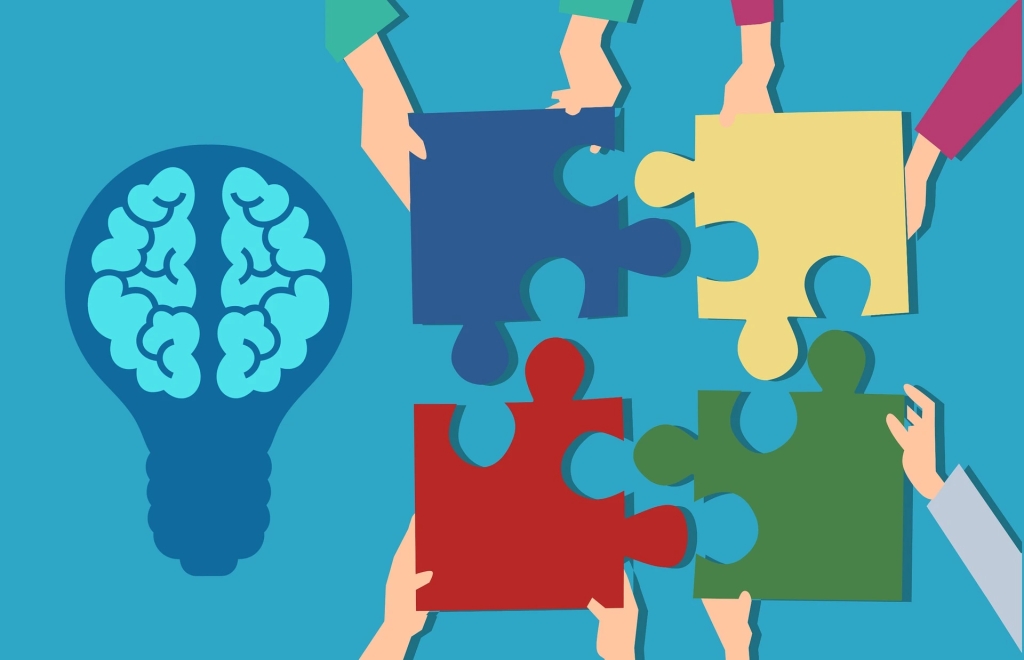Contemporary ELT Methods and Approaches
English language teaching (ELT) is a dynamic and evolving field that demands adaptability and innovation to meet learners’ and teachers’ diverse needs and expectations. ELT faces many challenges and opportunities in Pakistan, where English is widely used for instruction, communication, and business. However, teaching English as a second or foreign language is highly demanding in the contemporary age, when students have various needs and preferences. How can teachers adapt their methods and approaches to meet the demands of the modern world? One of the main challenges is integrating modern ELT methods and approaches into the existing teaching practise, which is often influenced by traditional, teacher-centred, and exam-oriented pedagogy. Here are some suggestions based on current trends and research in English language teaching.
Adopt communicative language teaching
Communicative language teaching is an approach that emphasises the use of language for communication rather than for grammar or vocabulary acquisition. Communicative language teaching aims to help students become more competent communicators, or people who can use language appropriately in various situations. Communicative language teaching can foster learners’ confidence, motivation and interaction skills. Teachers can adopt communicative language teaching by creating a communicative classroom environment where learners can use language for meaningful purposes with authentic audiences.
Use technology to enhance learning
Technology can offer many benefits for English language learners, such as access to authentic materials, interactive activities, feedback, and communication. Teachers can supplement their lessons and engage students with various tools and platforms, such as websites, apps, podcasts, videos, games, online courses, and social media. Technology can also help teachers personalise learning and differentiate instruction according to the learners’ levels, interests and goals.
Incorporate intercultural competence
Intercultural competence means communicating effectively and appropriately with people from different cultural backgrounds. It is an essential skill for the 21st century as the world becomes more diverse and interconnected. Teachers can help their students develop intercultural competence by exposing them to different cultures, perspectives and values through texts, media, tasks and projects. Teachers can also encourage students to reflect on their culture and identity and to respect and appreciate diversity.
Promote learner autonomy
Learner autonomy is the capacity to take charge of one’s learning. It involves setting goals, choosing strategies, monitoring progress and evaluating outcomes. Learner autonomy can foster motivation, confidence and lifelong learning among English language learners. Teachers can promote learner autonomy by giving students more choices and responsibilities in their learning process, such as selecting topics, materials, activities and assessment methods. Teachers can also guide their students to use self-regulation skills such as planning, organising, self-monitoring and self-evaluation.
Implement task-based learning
Task-based learning is an approach that focuses on using language to accomplish meaningful tasks in real-life situations. Tasks are activities with a clear goal, a specific outcome, and a communicative purpose. Teachers can implement task-based learning by designing relevant, authentic, challenging and collaborative tasks for their students. Teachers can also provide support and feedback before, during and after the tasks. Tasks can also be graded according to their difficulty and complexity and can be sequenced from simple to complex. Task-based learning can motivate learners to communicate meaningfully, develop fluency and accuracy, and foster critical thinking and problem-solving skills.
Flipped classroom
This method reverses the traditional order of instruction, where learners access the content or input before the class session through online materials or resources, such as videos, podcasts, or readings. Then, during the class session, learners engage in interactive activities or tasks that reinforce or apply the content or input. A Flipped classroom can maximise class time for communication and interaction, personalise learning according to learners’ needs and preferences, and encourage self-directed learning.
Apply content-based instruction
Content-based instruction is an approach that integrates language learning with academic or professional content. Content can be any subject matter or discipline that is relevant and interesting for the learners, such as science, history, art or business. Content-based instruction can improve learners’ language skills, content knowledge, and critical thinking skills. Teachers can apply content-based instruction by selecting content that matches the learners’ needs, goals and levels and using appropriate language input, output and interaction activities.
Project-based learning
This method involves engaging learners in collaborative projects that require them to investigate a topic or issue, gather and analyse information, and produce a product or presentation demonstrating their learning. Projects can be interdisciplinary, integrating different subjects and skills, such as language, content, technology, and creativity. PBL can enhance learners’ motivation, autonomy, collaboration, research skills, and creativity.
You can read about Universal Grammar in the following post:
Integrating ELT Methods in Teaching Practice
These are some of the modern ELT methods that can be integrated into teaching practice in Pakistan. However, incorporating these methods is a complex process. It requires careful planning, preparation, implementation, and evaluation. Teachers need to consider various factors that may affect the integration of these methods. Some of these factors are presented in the following discussion.
The curriculum objectives
Teachers must align these methods with the curriculum objectives and standards guiding their teaching practice. They need to ensure that these methods support the achievement of the intended learning outcomes for their learners.
The learners’ needs and interests
Teachers need to assess the needs and interests of their learners before selecting and designing these methods. They need to consider the learners’ level of proficiency, background knowledge, learning styles, preferences, goals, and expectations.
The available resources and technology
Teachers must evaluate the resources and technology they can access before implementing these methods. They must consider the availability, suitability and accessibility of these resources and technology.
The assessment criteria and feedback mechanisms
Teachers must establish clear and consistent standards for assessing the learners’ performance using these methods. They must provide timely and constructive feedback to the learners on their progress and achievements.
Additionally, teachers must also undergo continuous professional development and training to update their knowledge and skills on these methods. They need to seek opportunities for learning from experts, peers, mentors, coaches, or online platforms. They need to reflect on their practise and seek feedback from others. Moreover, teachers need to collaborate with other teachers, administrators, parents, and stakeholders to ensure the success of these methods. Integrating modern ELT methods into teaching practise in Pakistan can bring many benefits for both teachers and learners. Teachers can enhance their professional competence and confidence, diversify their teaching strategies and techniques, increase satisfaction and motivation, and improve their career prospects. Learners can improve their language proficiency and performance, develop 21st-century skills and competencies, increase engagement and motivation, and achieve academic and personal goals.
You may watch the following video for more information about ELT methods and approaches:





Leave a comment